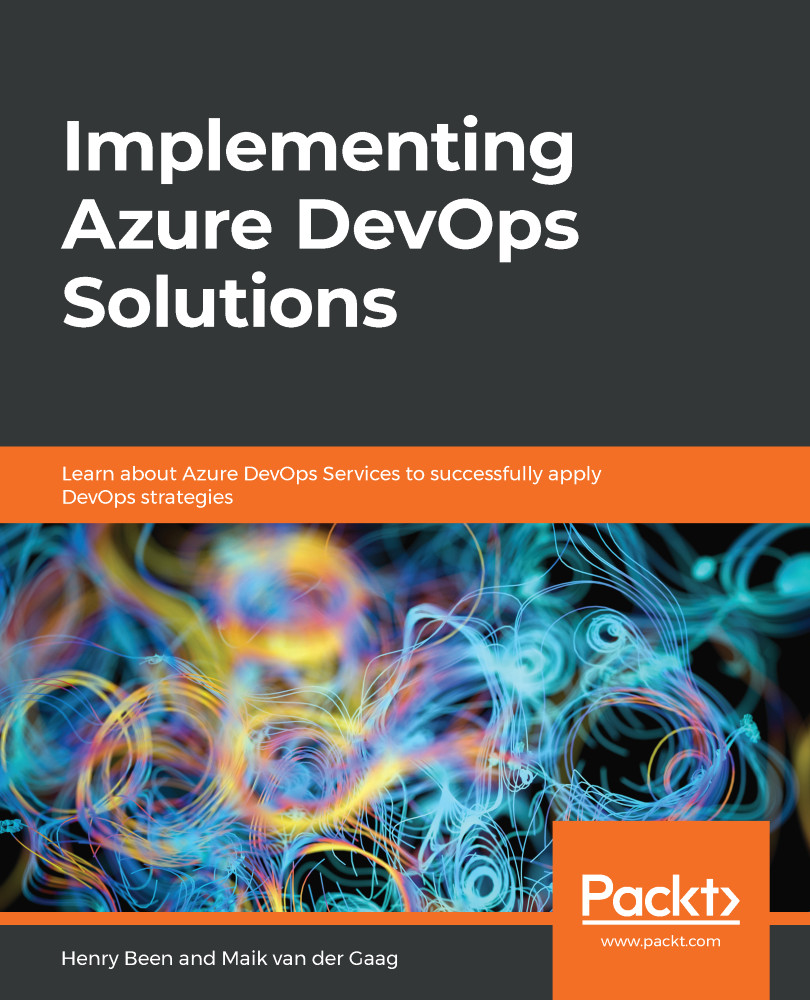As we conclude, here is a list of questions for you to test your knowledge regarding this chapter's material. You will find the answers in the Assessments section of the Appendix:
- What are the differences between centralized and decentralized source control and which work best in what situation?
- True or false: Git is an example of decentralized source control.
- Which of the following is not a common branching strategy?
- Release Flow
- Rebasing
- GitFlow
- GitHub flow
- Many companies want a code review to be performed before code is merged into the master branch. What construct is used to do so when working with Git and how can this be enforced in Azure DevOps?
- Which of the following are not valid merge strategies?
- Rebasing
- Trunk-based development
- Merge commit
- Squash commit


